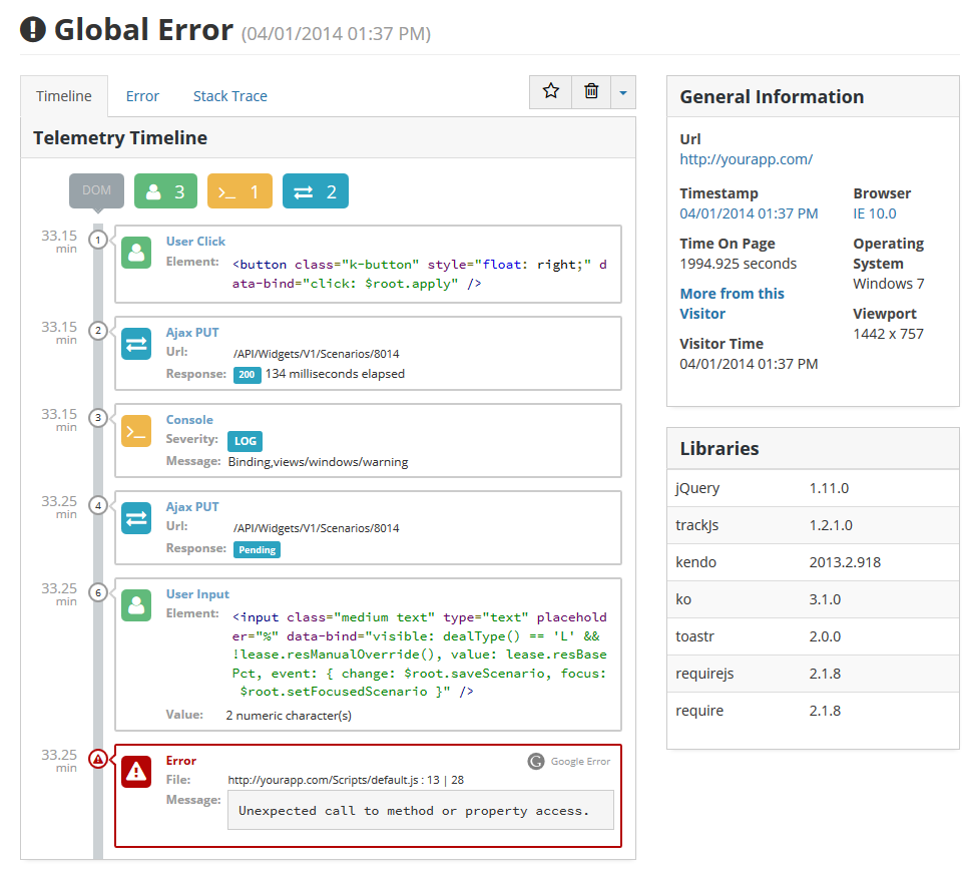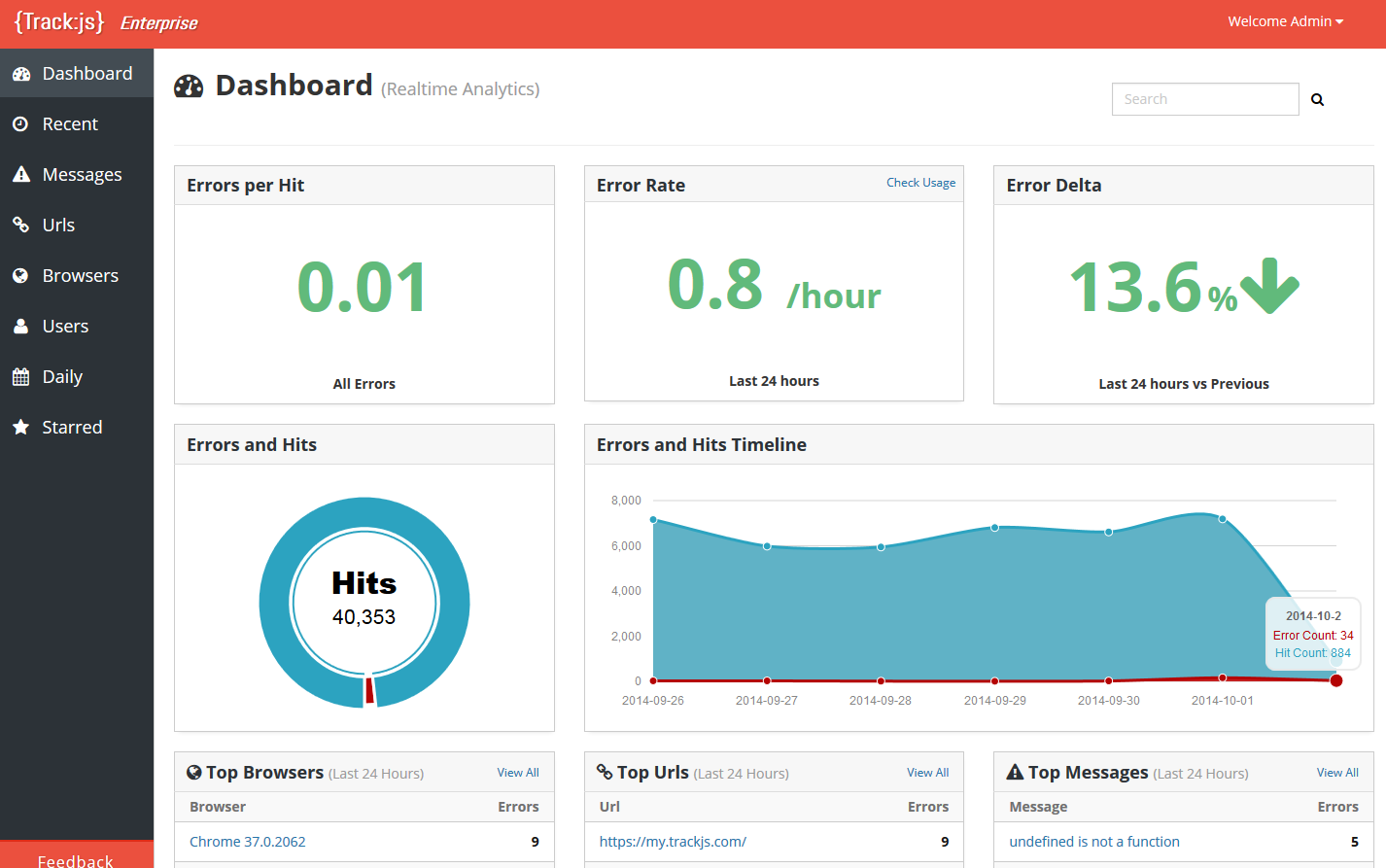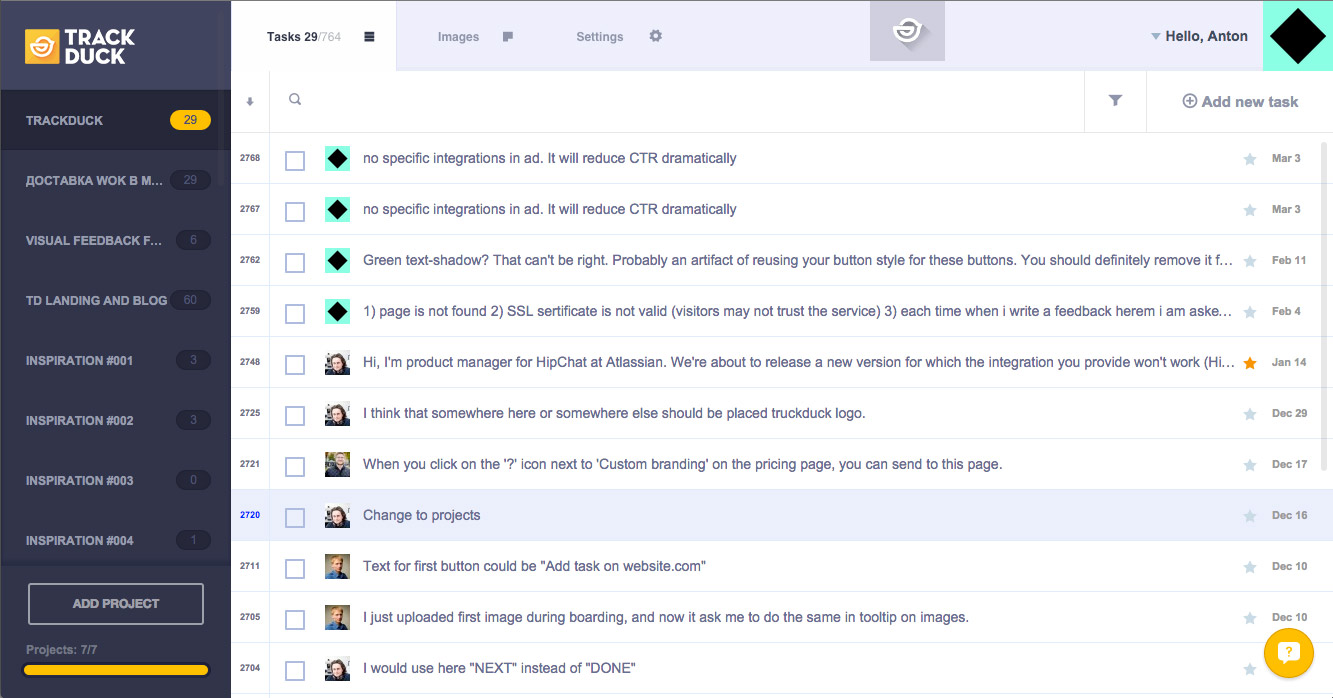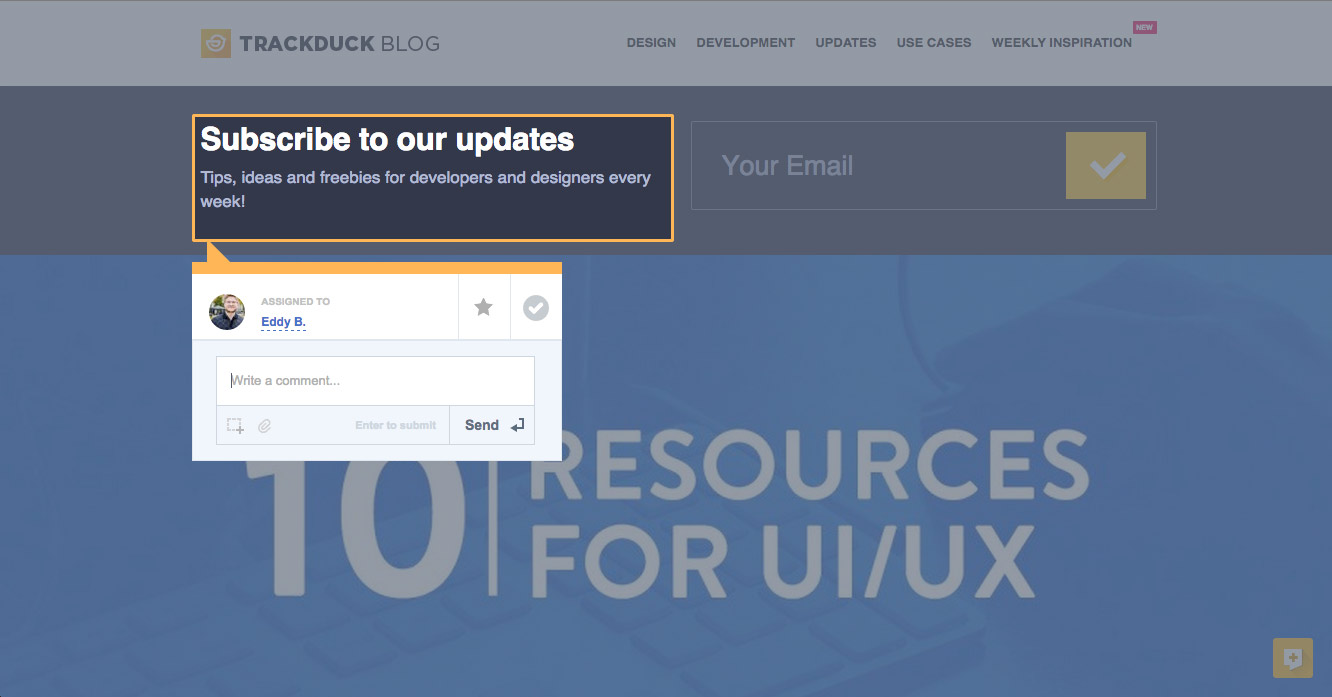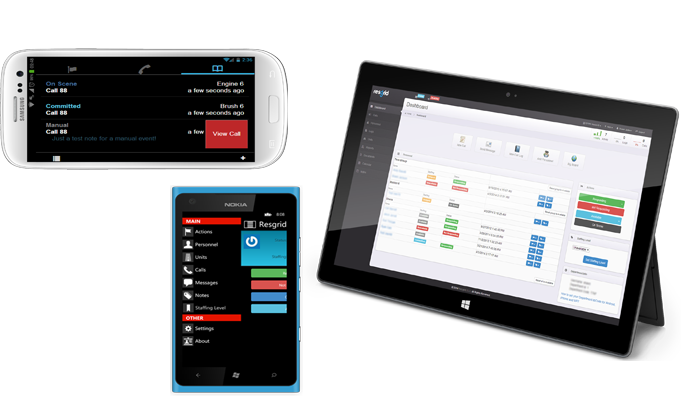Born in the Cloud
Developers are discovering the benefits of open source software on Azure
What’s in the cloud? Open source software – and lots of it. Open source software (OSS) applications, frameworks and languages are pervasive amongst companies that are “born in the cloud”. Support for OSS has become a strength for Azure, extending the reach of the platform. Developers who might not have considered Azure in the past are now making real world bets on the platform and seeing business success as a result.
We’ve done a lot of work to ensure that Azure provides best-in-class experience and capability, regardless what platform or tools are used. Open Source ISVs are coming to realize that not only will their applications run exceedingly well on Azure, but that they can also leverage the vast host of services built into the Azure cloud. OSS support, coupled with unique and differentiated services, makes Azure a natural and compelling fit for ISVs.
Four startup companies – Acast, TrackJS, TrackDuck and Resgrid – share their tips for development and sales:
If you’ve listened to a podcast lately, it just might be developed by Stockholm/London startup Acast. The company offers universal apps to connect listeners, creators and advertisers; more than 30,000 people have downloaded apps since the company’s launch in November 2013. With a platform based in large part on Microsoft Azure, all web APIs are written in open source software like node.js, .NET and C#.
CTO Johan Billgren says that retention for the Acast apps is outpacing company goals.
“Our 30-day retention is at 15-20 percent, and the standard for media apps is about 10 percent,” he says. “The apps themselves are free and do not generate revenue. It’s the consumption of the podcast that generates ad impressions which, in turn, generate revenue for us and the podcasters.”
“We were born in the cloud,” he adds. “We chose Microsoft Azure specifically due to the PaaS offer. All of our web APIs are developed in Node.js running on Azure WebSites. Plus, all our background workers is written in .NET/C# with Azure Service Bus as the communications hub.”
More than 3,200 companies use TrackJS, a JavaScript error monitoring service for web applications that relies heavily on OSS on Azure.
“We're growing 15 percent month over month with less than 3 percent churn,” says CEO Todd Gardner. Sort of like a black box for web applications, the user and the network, TrackJS captures events from the application, user, and network leading up to the error, so you can recreate and fix the problem. The company uses OSS packages on Azure to seek specific information and generate the detailed reports customers seek.
“All of our web requests for capturing errors, showing the UI, and pulling data from the API are handled by Azure Websites. We have three of them, at different scales, targeted for these purposes. Errors we capture are stored into Azure Storage Queues.”
OSS packages are then pulled in and used as needed, says Gardner. Elastic Search, for example, is an open source platform where TrackJS stores and aggregates all of its error data. The company runs it on top of a Java stack and hosts it on six Azure VMs.
“We use Azure virtual machines, for example, for hosting our Elasticsearch cluster and Jobs server. Elasticsearch allows us to do all sorts of interesting reporting on our data, and the Jobs keep our data clean and reports run.”
“I love Microsoft’s push into open source,” Gardner says. “They’ve made some really awesome moves lately to support an open community.”
TrackJS left beta in March 2014. Now, the company captures more than 100 errors per second and protects 1 trillion page views per month, with new customers joining the service daily.
Ask Anton Shauchenka about OSS on Azure and you’ll find he pushes it as far as he can with his startup, TrackDuck. Working as an art director at a prominent web agency in Lithuania, Shauchenka realized he could solve the ongoing, pervasive problem of ineffective communication between web developers, designers and their clients. In January 2014, the idea turned into an OSS on Azure-based solution that provides visual feedback and issue tracking for digital agencies, freelancers and startups in US and Europe.
“Launching with Microsoft was pretty much a no-brainer for the founders, partially because (CTO) Yauhen Ivashkevich is a .NET developer by choice and partially because of Microsoft BizSpark, which gave us free software and tools to use,” explains TrackDuck CEO Eddy Balčikonis.
Balčikonis says that the deciding factor was Microsoft Azure’s capacity for integrating OSS, of which TrackDuck uses a great deal. In total, the company uses more than 60 OSS packages to serve more than 12,000 customers internationally.
“Currently, our TrackDuck solution is based on Node.js,” says Balčikonis, “And all our software packages are open source. As a build system, we use Grunt with Monit for managing and monitoring our services. We use MongoDB as a database engine, express.js and socket.io for transport plus GraphicMagic and ImageMagic for processing different image formats. Angular.js is the MVC framework for our front-end.”
Scott Guthrie, executive vice president of the Microsoft Cloud and Enterprise group, is thrilled that more and more entrepreneurs are looking to OSS on Azure to build their businesses.
Our goal at Microsoft is to provide developers with the platform and tools that will make them incredibly successful,” he says. “It is a mission we have had since the very beginning of the company. Using the cloud, every software developer on the planet can now create and build solutions that can reach millions of users, with no upfront costs, powered by a cloud infrastructure that delivers completely global reach. The impact an individual developer can now have has never been greater than it is today.”
Resgrid, from the U.S. with international traction, is an Azure SaaS platform for first responders (fire, police, disaster response, etc.) that helps them track and coordinate personnel, vehicles, work assignments and similar items. It offers two cross-platform apps: Resgrid Responder and Resgrid Unit.
Founder and CEO, Shawn Jackson, agrees with Guthrie. He says that Resgrid uses Azure to deploy its cross-platform apps – from company website to backend API – because, “It seamlessly connects with every OSS package we use, small and large. We deploy Azure as the focus for the SaaS end of things, and then utilize specific features for its mobile apps. looking to OSS on Azure to build their businesses.
“Our goal at Microsoft is to provide developers with the platform and tools that will make them incredibly successful,” he says. “It is a mission we have had since the very beginning of the company. Using the cloud, every software developer on the planet can now create and build solutions that can reach millions of users, with no upfront costs, powered by a cloud infrastructure that delivers completely global reach. The impact an individual developer can now have has never been greater than it is today.”
Resgrid, from the U. S. with international traction, is an Azure SaaS platform for first responders (fire, police, disaster response, etc.) that helps them track and coordinate personnel, vehicles, work
For its web application framework, Resgrid applies Angular and Bootstrap alongside Azure Websites. Mongo DB, a popular OSS choice, lets the company integrate real-time analytics into Azure operational databases. For creating and configuring a cache, Resgrid uses StackExchange.Redis through a .NET API.
“We use OSS packages like TeamCity CI, a Java-based platform, for our build server,” explains Jackson. “And there are lots of smaller packages like Moment.js, which lets us display times and dates on our dashboard. jQuery lets us add special effects to our website pretty easily, too.”
Jackson sees Resgrid’s mobile apps as a free extension to the SaaS product but says both products can be used without them.
“We feel strongly, though, that the mobile apps give us the ‘last mile’ to the end user and allow us to close the feedback loop with the SaaS product and drive engagement through options like Push Notifications.”
This is just a handful of the thousands of businesses using open source software on Azure, all representative of the opportunity that exists when marrying open source software and Microsoft Azure. Our work on bringing open source developers to Azure is just beginning. Developers across all industries will continue to see even greater OSS capability over time, as we work to make Azure the friendliest and most innovative cloud platform for all developers.
“Azure is more developer friendly than any other cloud solution out there,” says Jackson. “Once we started using it, we were hooked.”
